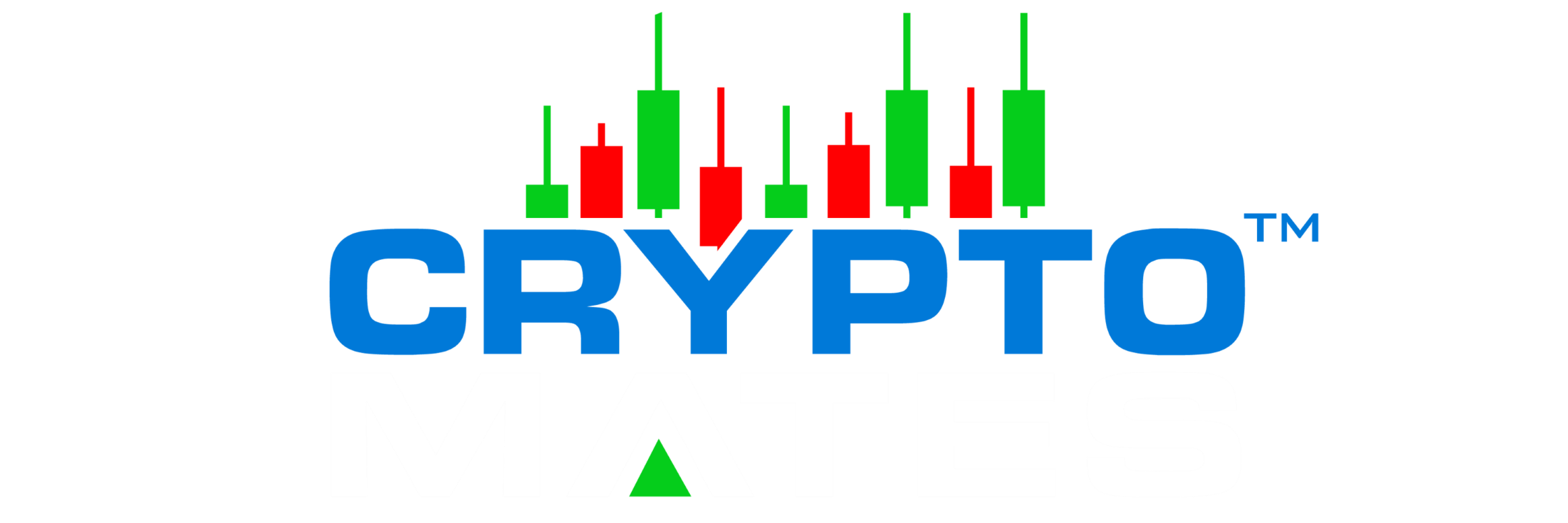TradingCalc.io
-
The Position Size is the recommended quantity that the Trader should either buy or sell to enter their Trade. This figure is determined utilising the Entry Price, Stop Price and Risk %. It is highly recommended that this figure be strictly adhered to to ensure effective Risk Management. If it ...
-
The "Account Size" value is the basis for your 1% calculation and is dependent on what you have indicated in your Trading Plan for risk calculation. It is either the value of your investment portfolio or the total value of your exchange trading account. Most people us the value of their Trading...
-
Projected P&L is the anticipated profit that has been calculated based on the Entry Price, Stop Price and Target. It is the value of funds that the Trader anticipates receiving should the price of the cryptocurrency reach the Target price.
-
What is Risk% and how do I determine what it should be?
Risk % is the percentage of your Account Size that you want to risk on your Trade. Most Traders risk between 1% - 5% per trade, however, when starting to Trade, it is recommended that you risk no more than 1% per trade, until your experience and results indicate otherwise. Risk % does not equate... -
Upon closure of your Trade, an Exchange will generally provide an Avg Exit Price. Similar to when we enter a trade, when we exit, there are usually multiple fills (or individual transactions) to various other parties. Knowing the Avg Exit Price is vitally important as this will determine the ov...
-
When we submit orders to an Exchange, often there will be multiple fills to various other parties. This, therefore, leads to the possibility that slightly different prices being paid to the various parties. An exchange will therefore provide an Average Fill Price, which can also be called, Aver...
-
Entry Price is the price that the Trader has determined that they wish to pay to enter their Trade at. This price is displayed in per unit price and should take into consideration various Technical Analysis methods.
-
The Exchange field is a list of supported Exchanges on the CryptoMates Trading Position Size Risk Calculator. Simply select your preferred exchange from the drop-down list.
-
Order Value represents the size of your position in a currency value as opposed to the quantity bought or sold. It is the value of the Quantity traded multiplied by the Average Fill Price.
-
R:R stands for Risk to Reward. This figure displays what your anticipated Reward value would be, should the price reached the nominated Target. The R:R value indicates that for every $x you risk, should the trade reach the target, you will receive $y in return. Example: If your Projected R:R sta...
-
The Stop Price is the price the Trader has determined they will exit their Trade, should the price move in the wrong direction. Traders determine this price via Technical Analysis and set specific Stop Loss orders at the Exchange to protect their Trading Account from experiencing large losses ab...
-
The Target price is the price determined by a Trader they anticipate the price to reach. When the price reaches this figure, profits will generally be realized. Various Technical Analysis methods determine this figure and will assist the Trader in determining their Projected PnL and Projected R...
-
This is the asset pairing you are intended to trade. It reflects the price of one currency, displayed in the second currency value. The drop-down list in this field displays all tradable options at the nominated Exchange. For example, The Trade Pair BTCUSD displays the price of Bitcoin in US D...
-
As Traders, we can place trades and profit from the markets going up or down. When we anticipate the market rising, you will look to take a LONG position. However, when we anticipate the market falling, it is a SHORT position you would be entering.
